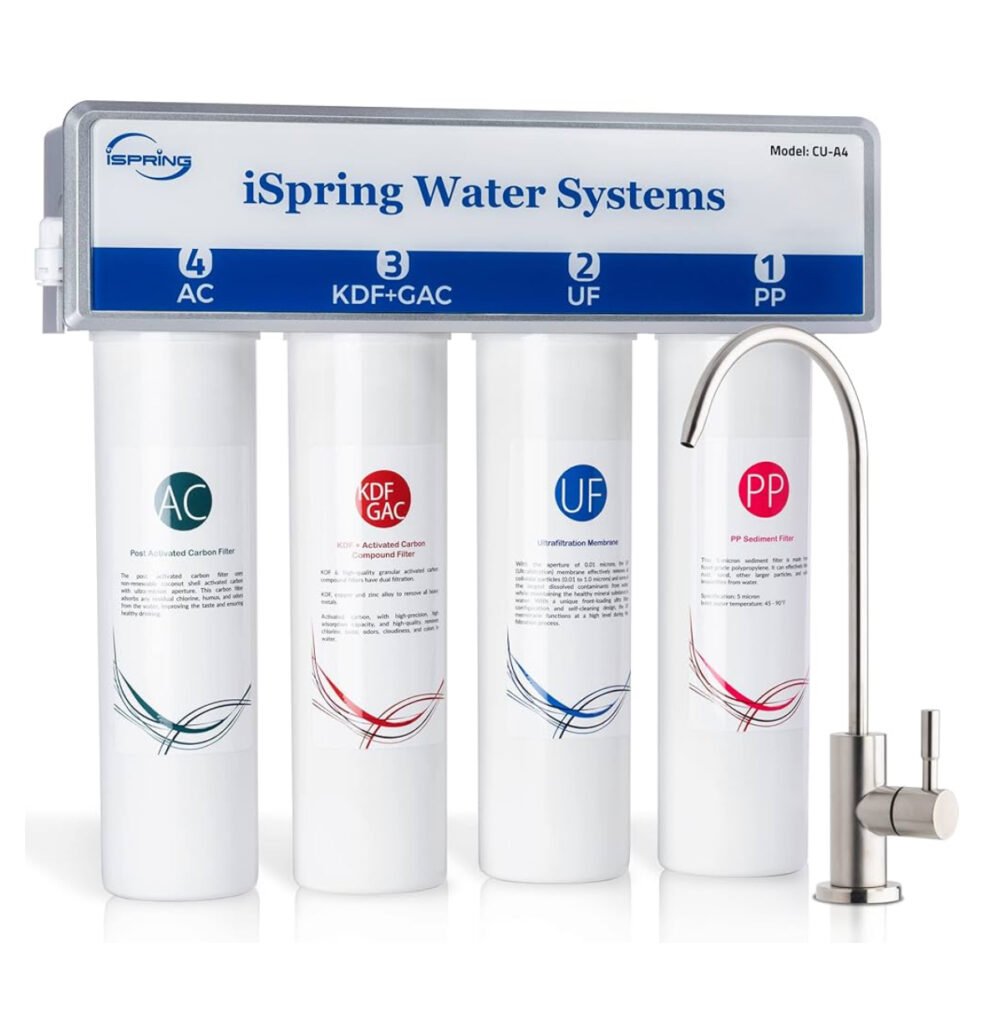Understanding the Importance of Clean Drinking Water at Sea
Accessing safe drinking water while at sea is a pivotal concern for sailors, fishermen, and marine adventurers. The vastness of the ocean, while providing a magnificent natural environment, also poses significant challenges in securing clean water essential for hydration. The inability to maintain adequate hydration can lead to serious physiological effects, including fatigue, cognitive decline, and even heatstroke. Dehydration can impair both physical performance and decision-making abilities, which are critical for individuals navigating challenging marine conditions.
Drinking unfiltered seawater, often viewed as a potential source of hydration, poses severe health risks. The high salinity of seawater can lead to increased dehydration as the body works to excrete excess salt. This further compounds the risk of dehydration, creating a perilous cycle that can have dire consequences for those at sea. Additionally, seawater may contain harmful microorganisms, pollutants, and heavy metals, each of which poses significant health risks. These contaminants can lead to gastrointestinal illnesses, infections, and even long-term health issues, emphasizing the critical need for reliable water purification methods.
Methods of Desalination: Turning Seawater into Drinking Water
Desalination is a critical process that transforms seawater into potable water, particularly essential for individuals and communities in marine settings. Several methods are commonly employed to achieve this, prominently including reverse osmosis, distillation, and solar desalination. Each of these techniques has unique mechanisms, equipment requirements, costs, and environmental implications that cater to various small-scale applications, such as on boats and yachts.
Reverse osmosis (RO) is perhaps the most widely adopted method in small-scale desalination. It works by forcing seawater through a semipermeable membrane that allows water molecules to pass while blocking salts and other impurities. This technique is efficient and capable of producing high-quality drinking water. However, the system requires significant energy input, which may increase operational costs. Typical reverse osmosis units suitable for boats can range from $1,000 to $10,000, depending on capacity and features.
Another popular method is distillation, which involves heating seawater to create steam that is then cooled and condensed into freshwater. While this process can effectively remove salts and contaminants, it generally demands considerable energy and time. Distillation setups can vary widely in price; a simple portable unit may start at around $300, while larger, more sophisticated models can exceed $5,000.
Solar desalination is gaining traction, particularly in regions with ample sunlight. This approach utilizes solar energy to evaporate seawater, allowing the resultant vapor to condense into liquid freshwater. Although this method is environmentally friendly and inexpensive in terms of operational costs, it typically has a lower yield compared to RO and traditional distillation methods. Innovations such as solar stills or solar-powered desalination units are becoming increasingly viable for sea travelers.
Emerging technologies, including membrane distillation and forward osmosis, are also being explored for their potential applications in the desalination field. These novel approaches may provide improved energy efficiency and lower costs, making them attractive alternatives in the future. Understanding these various desalination methods is crucial for marine travelers seeking reliable freshwater solutions while navigating the seas.
Filtering Techniques: Ensuring Water Safety and Taste
When it comes to ensuring safe drinking water in a marine environment, filtering techniques play a crucial role. Water obtained through desalination or other methods may contain harmful substances, and applying appropriate filtration systems is essential for removing these contaminants while enhancing the water’s taste.
One common filtration method is the use of activated carbon filters. We use a four-stage filter system, iSpring Water Systems, on our boat between our holding tank and our drinking water faucet. This consistently provides great tasting water. I have provided a link for it here. These filters operate by adsorbing impurities, including chlorine and volatile organic compounds, which can negatively affect the taste and odor of water. Activated carbon is effective against a wide range of contaminants, making it a popular choice for boaters and sailors. However, it’s essential to monitor the filter’s lifespan and replace it as needed to maintain optimal performance.
Ceramic filters represent another viable option for filtering drinking water. Made from porous ceramic material, these filters efficiently remove bacteria and protozoa, making the water safe for consumption. The effectiveness of ceramic filters is dependent on the pore size, with smaller pores capable of trapping even the tiniest microorganisms. Regular cleaning and maintenance are crucial to ensure that these filters do not become clogged and continue to function effectively.
UV purifiers offer a different approach by utilizing ultraviolet light to disinfect water. This method effectively neutralizes bacteria, viruses, and protozoa by altering their DNA, rendering them harmless. Regular testing and monitoring of water quality should accompany any filtration method to guarantee safety and taste in drinking water.
What do we use?
We have been using 2 methods of water filtration to ensure safe, clean and good tasting drinking water:
- We use a 4 stage water filter, iSpring Water Systems, for all of our drinking water. This has been an effective way to ensure the highest quality water on board our board. This includes water made with our Aqua Base water maker at sea as well as shore water that we take on from a marina.
- For water that we procure on shore we use a Nasibey Premium RV Dual Water Filter System when filling our holding tank. This simple inline filter allows us to pre filter our water before it ends up in our tank. Many water sources are not the best so we want to make sure we only bring filtered water on board.
Happy Drinking!
As an Amazon Associate we earn money from qualifying purchases.
